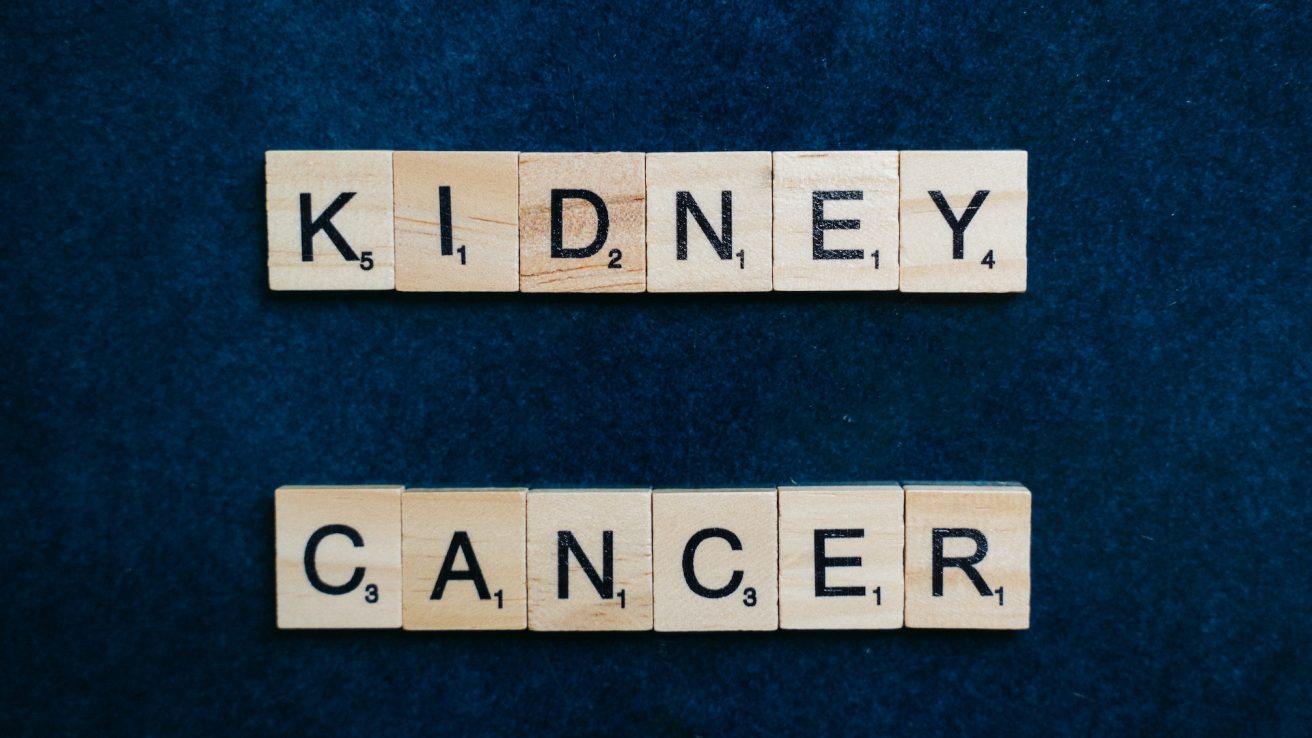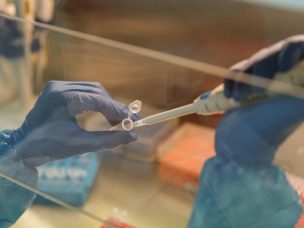The combination therapy of BEMPEG plus NIVO has shown promising results in treating advanced renal cell carcinoma.
Although surgery and radiation therapy are the primary treatments for renal cell carcinoma (RCC), the introduction of immunotherapy has transformed the treatment landscape for advanced RCC. BEMPEG plus NIVO is a combination therapy with promising results in treating RCC. These findings are reported in a study published in the Journal for Immunotherapy of Cancer.
Patient Enrollment and Demographics
A total of 49 patients were enrolled at 10 sites across the US and Italy. The study was divided into two phases, with 11 patients in Phase 1 and 38 in Phase 2. The median duration of exposure to BEMPEG was 7.2 months, with a median of 9.0 treatment cycles and a median exposure time to NIVO of 6.3 months.
After a median duration of follow-up of 32.7 months, the investigator-assessed overall response rate (ORR) was 34.7%, including 3 complete responses (6.1%) and 14 partial responses (28.6%). Out of the total of 17 patients who showed a response, 14 patients maintained their response for a period of more than 6 months, while 12 patients sustained their response for more than 12 months. Additionally, 6 patients sustained their response for a minimum of 24 months.
Duration of Response and Clinical Benefit Rate
Among responding patients, the median duration of response was 26.1 months. The clinical benefit rate (CBR) was 73.5% in the overall RCC population. CBR was 94.1% in favorable-risk patients, 68.2% in intermediate-risk patients, and 50.0% in poor-risk patients.
Progression-Free Survival and Overall Survival
The median progression-free survival (PFS) was 7.7 months. PFS probabilities were 39.4% at 12 months and 24.1% at 24 months. The International Metastatic RCC Database Consortium risk assessment criteria were used. Median PFS was 12.2 months for favorable-risk patients, 7.1 months for intermediate-risk patients, and 2.9 months for poor-risk patients. Median overall survival (OS) was not reached. The OS probability was 89.5% at 12 months and 82.6% at 18 months, 75.6 at 24 months, and 68.3% at 36 months.
Biomarker Analyses Response to Combination Therapy
In the exploratory biomarker univariate analyses, patients were grouped by baseline programmed death ligand-1 expression, CD8+ tumor-infiltrating lymphocytes, tumor mutational burden, or interferon gamma gene-expression profile. There was no statistically significant difference in ORR between the two groups based on any biomarker.
Treatment-Related Adverse Effects
Ninety-eight percent of patients experienced at least one treatment-related adverse event (TRAE) during treatment and 38.8% of patients experienced grade 3/4 TRAEs. Syncope, elevated lipase, tiredness, hyponatremia, and hypotension were the most common TRAEs.
Source:
Tannir, N. M., Cho, D. C., Diab, A., Sznol, M., Bilen, M. A., Balar, A. V., Grignani, G., Puente, E., Tang, L., Chien, D., Hoch, U., Choudhury, A., Yu, D., Currie, S. L., Tagliaferri, M. A., Zalevsky, J., Siefker-Radtke, A. O., & Hurwitz, M. E. (2022). Bempegaldesleukin plus nivolumab in first-line renal cell carcinoma: results from the PIVOT-02 study. J Immunother Cancer, 10(4). https://doi.org/10.1136/jitc-2021-004419










